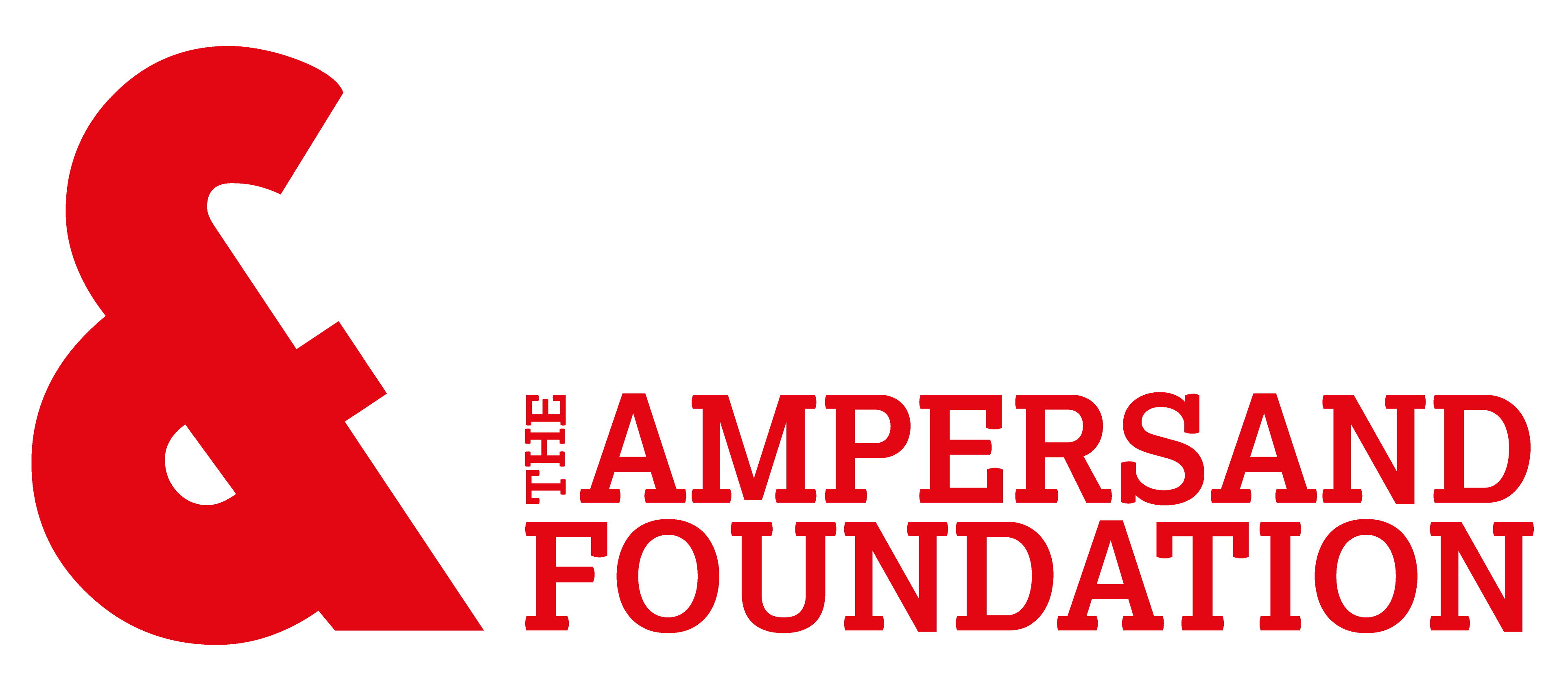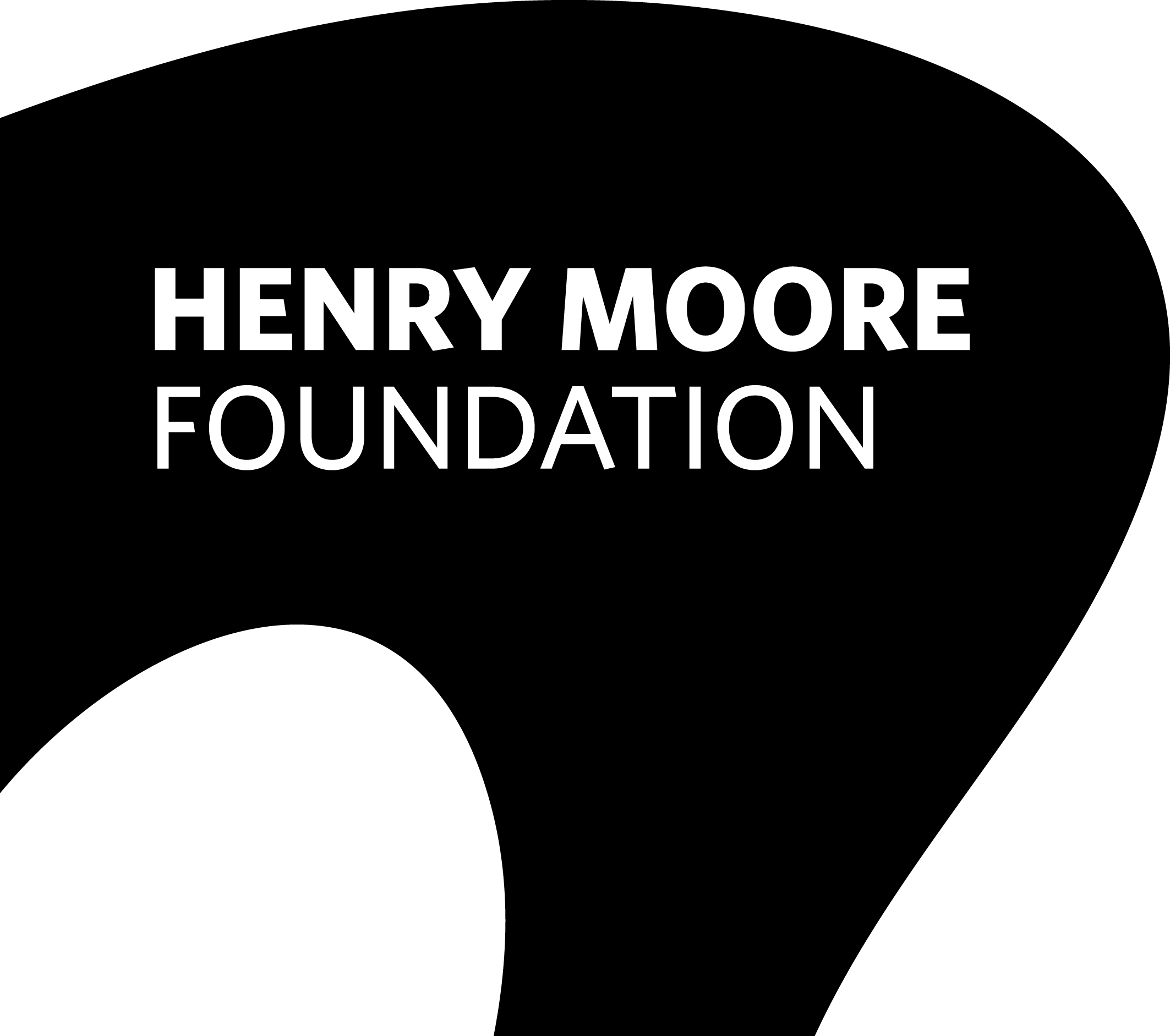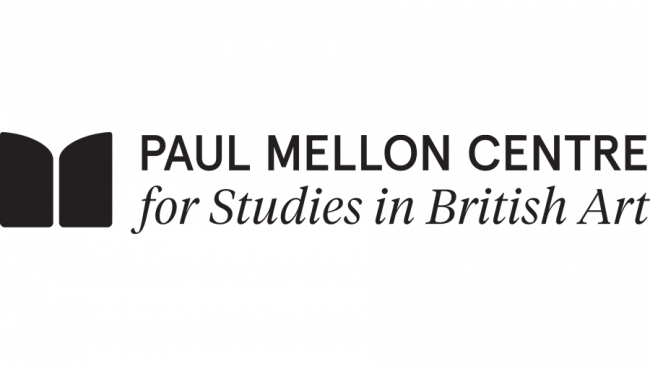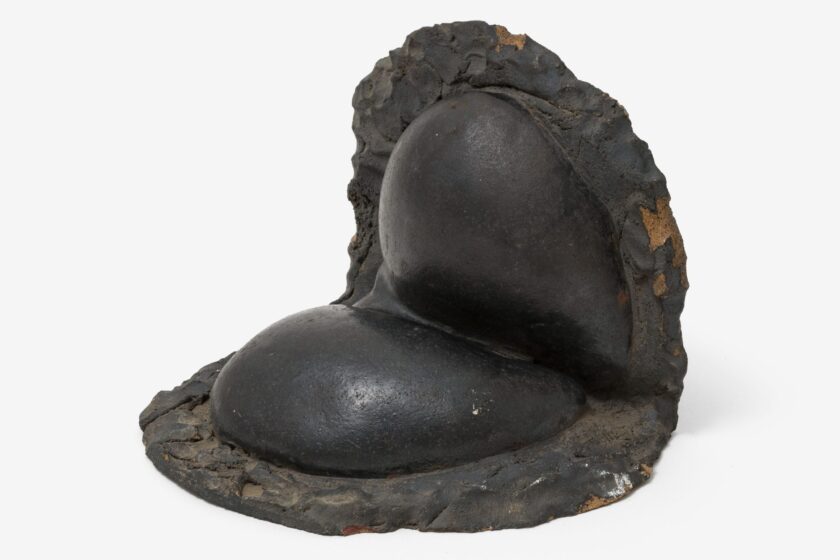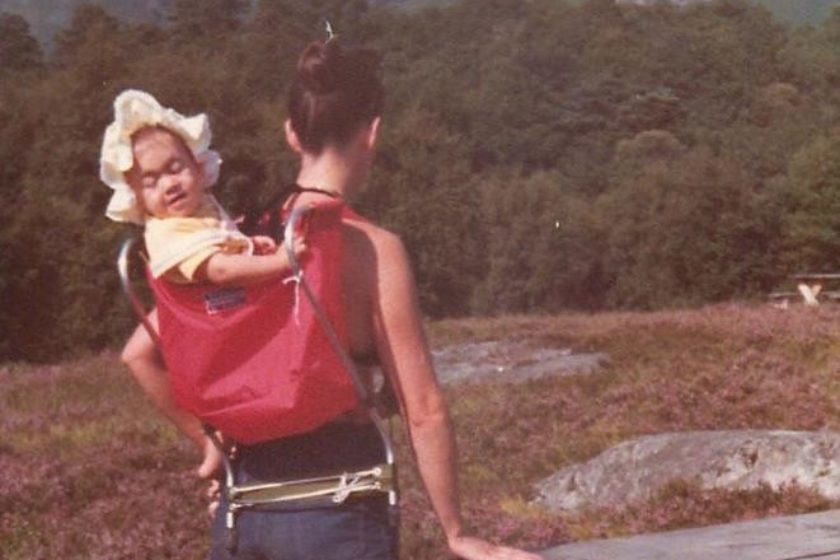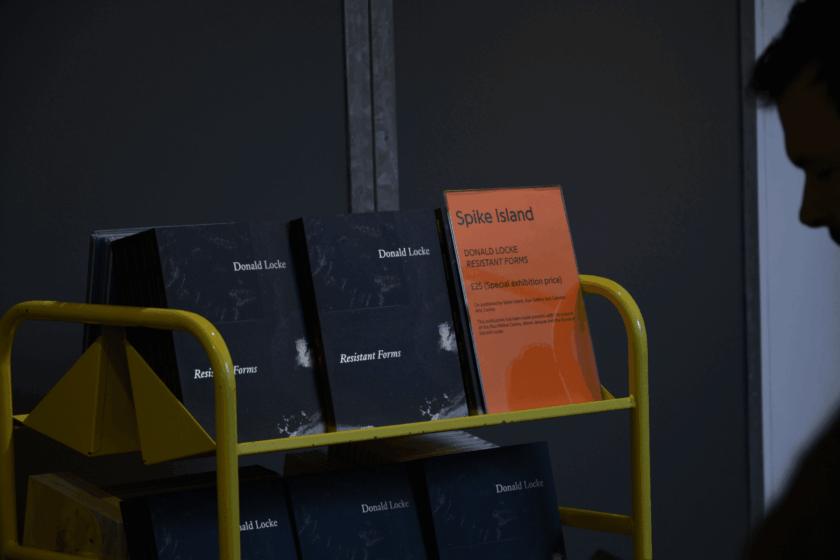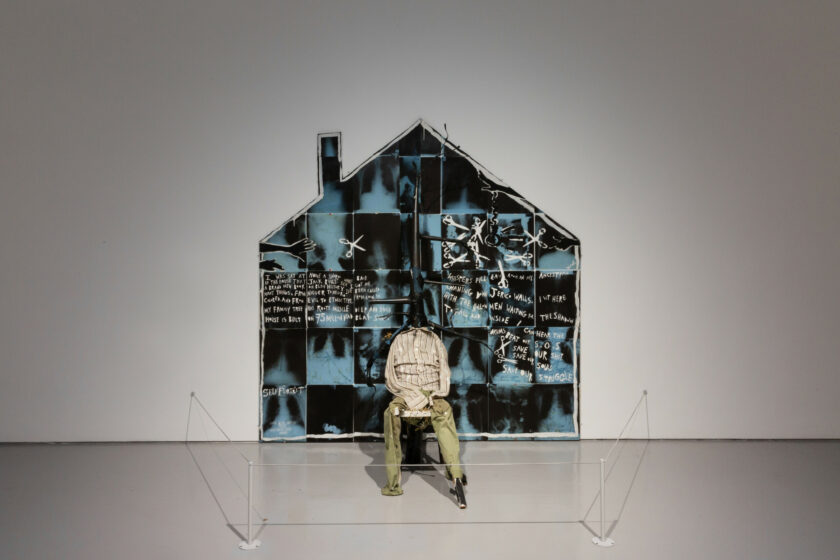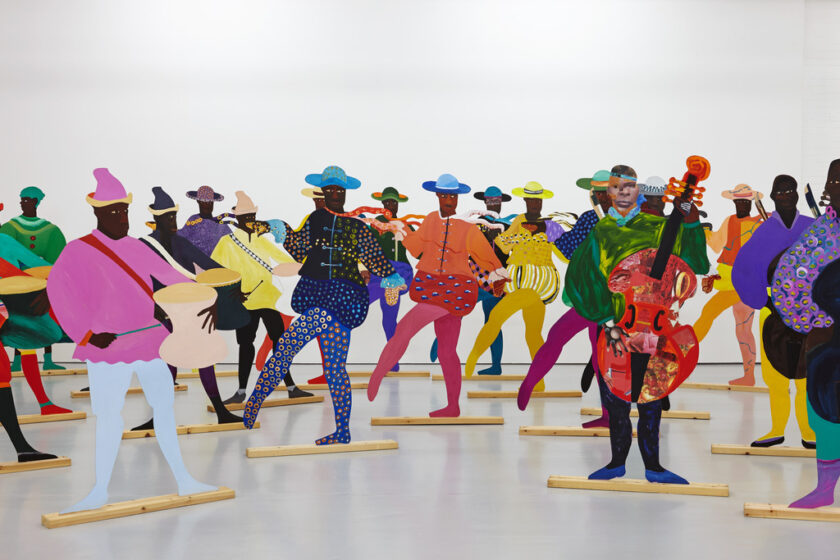Spike Island presents the first major survey exhibition of Guyanese-British artist Donald Locke (1930–2010). Locke was born and raised in Guyana and first moved to the UK in the 1950s to study at Bath Academy of Art and Edinburgh School of Art. He then lived between London and Georgetown for the next twenty years, before settling in the United States in the late 1970s.
The exhibition at Spike Island explores the development of his work across Guyana, the UK and the United States over five decades, from the late 1960s to the early 2000s. It features over eighty works, from early ceramics that evoke human and natural forms to mixed-media sculptures and monochromatic black paintings from the 1970s. Also included are several large-scale paintings from the 1990s that incorporate found images along with ceramic, metal and wood elements. These materials reflect Locke’s evolving approach to the use of different media, his formal ingenuity and the growing influence of African American vernacular art and iconography, following his relocation to the United States.
Though Locke lived and worked in many places during his life, his exploration of issues of history, identity and subjugation was a constant. This is evident in his use of forms and symbols that echo the legacies of colonialism in his native Guyana and the racial politics of the American Civil War, from sculptures exploring plantation architecture to paintings that incorporate found photographs of Confederate and Union soldiers. Above all, however, Locke wanted to give form and visibility to the unique and hybrid contributions of Black culture to modernity, which is evident in the broad range of materials and stylistic approaches that he adopted throughout his career.
Donald Locke
Donald Locke grew up in Guyana and attended the Working People’s Art Class (WPAC) taught in Georgetown by Guyanese artist Edward Rupert Burrowes in 1947. He was awarded scholarships to study at Bath Academy of Art at Corsham from 1954–57 and Edinburgh School of Art from 1959–64, where he obtained an MA in Fine Art.
Locke returned to Guyana in 1964 to become Art Master at Queen’s College in Georgetown, where he taught until 1969. He then received a bursary to return to Edinburgh School of Art to study ceramics, after which he moved to London, where he lived from 1970–78. In 1979, Locke was awarded a Guggenheim Fellowship in Sculpture at Arizona State University. He lived in Phoenix, Arizona until 1990 and then moved to Atlanta, Georgia, where he lived until his death in 2010.
Solo exhibitions include: Atlanta Contemporary Art Center (2024–25); High Museum of Art, Atlanta (2016–17); New Art Exchange, Nottingham (2009); Aljira, a Center for Contemporary Art, Newark (2004); City Hall Gallery East, Atlanta (2003) and the Commonwealth Institute, London (1975). Group exhibitions include: Black Atlantic: People, Power, Resistance, The Fitzwilliam Museum, Cambridge (2023); Life Between Islands, Tate Britain, London (2021); Back to Black: Art, Cinema and the Racial Imaginary, Whitechapel Gallery, London (2005); The Other Story, Hayward Gallery, London (1989); FESTAC ‘77, Lagos (1977); and the 12th São Paulo Biennial (1971).
Partners and Supporters
Donald Locke: Resistant Forms is organised by Spike Island, Bristol; Ikon Gallery, Birmingham; and Camden Art Centre, London, with support from the Estate of Donald Locke.
The exhibitions at Spike Island and Ikon Gallery are curated by Robert Leckie, Director of Gasworks, London (and former Director of Spike Island). The exhibition at Camden Art Centre is curated by Martin Clark and Gina Buenfeld-Murley, in collaboration with Robert Leckie.
The exhibition is generously supported by the Ampersand Foundation, Henry Moore Foundation, Alison Jacques and the Estate of Donald Locke. The publication has been made possible with the support of the Paul Mellon Centre for Studies in British Art.





